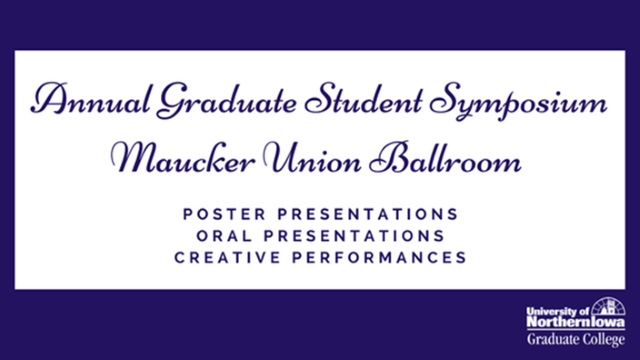
Complete Schedule
Addressing the Academic, Emotional, and Cultural Needs of Students with Limited or Interrupted Formal Education
Presentation Type
Oral Presentation
Keywords
Refugees--United States--Education; English language--Study and teaching--Foreign speakers;
Abstract
Students with Limited or Interrupted Formal Education (SLIFE) are quickly becoming a significant population in the United States. According to the United Nations High Commissioner for Refugees, there are 22.5 million refugees, over half of which are under the age of 18 (UNHCR, 2017). In 2015, the United States welcomed over 69,000 refugees to the country (United States Department of State, 2017). SLIFE students will continue to enter the public schools in the United States at unprecedented numbers. As TESOL professionals, we need to advocate for these students and train educators and school districts on how best to service this unique population of English Language Learners (ELL). In this presentation, I will define SLIFE students and introduce the challenges these youth face academically, emotionally and socially. I will identify current language practices used by English as a Second Language (ESL) teachers and suggest the best ways to implement successful ESL methodology into a school’s curriculum to meet the needs of all ESL students, specifically those that are identified as SLIFE. Educators at all levels should have basic knowledge of second language pedagogy so that they can address the needs of these unique learners. Teachers in all areas of expertise must work together to bridge the educational gap that many of these students face. By working together, educational professionals can provide meaningful learning opportunities that provide SLIFE with tools they need to become productive English language speakers and productive community members.
Start Date
3-4-2019 1:00 PM
End Date
3-4-2019 4:00 PM
Faculty Advisor
Dr. Joyce Milambiling
Department
Department of Languages and Literatures
Copyright
©2019 Tammy Harris
File Format
application/pdf
Embargo Date
4-17-2019
Addressing the Academic, Emotional, and Cultural Needs of Students with Limited or Interrupted Formal Education
Students with Limited or Interrupted Formal Education (SLIFE) are quickly becoming a significant population in the United States. According to the United Nations High Commissioner for Refugees, there are 22.5 million refugees, over half of which are under the age of 18 (UNHCR, 2017). In 2015, the United States welcomed over 69,000 refugees to the country (United States Department of State, 2017). SLIFE students will continue to enter the public schools in the United States at unprecedented numbers. As TESOL professionals, we need to advocate for these students and train educators and school districts on how best to service this unique population of English Language Learners (ELL). In this presentation, I will define SLIFE students and introduce the challenges these youth face academically, emotionally and socially. I will identify current language practices used by English as a Second Language (ESL) teachers and suggest the best ways to implement successful ESL methodology into a school’s curriculum to meet the needs of all ESL students, specifically those that are identified as SLIFE. Educators at all levels should have basic knowledge of second language pedagogy so that they can address the needs of these unique learners. Teachers in all areas of expertise must work together to bridge the educational gap that many of these students face. By working together, educational professionals can provide meaningful learning opportunities that provide SLIFE with tools they need to become productive English language speakers and productive community members.


